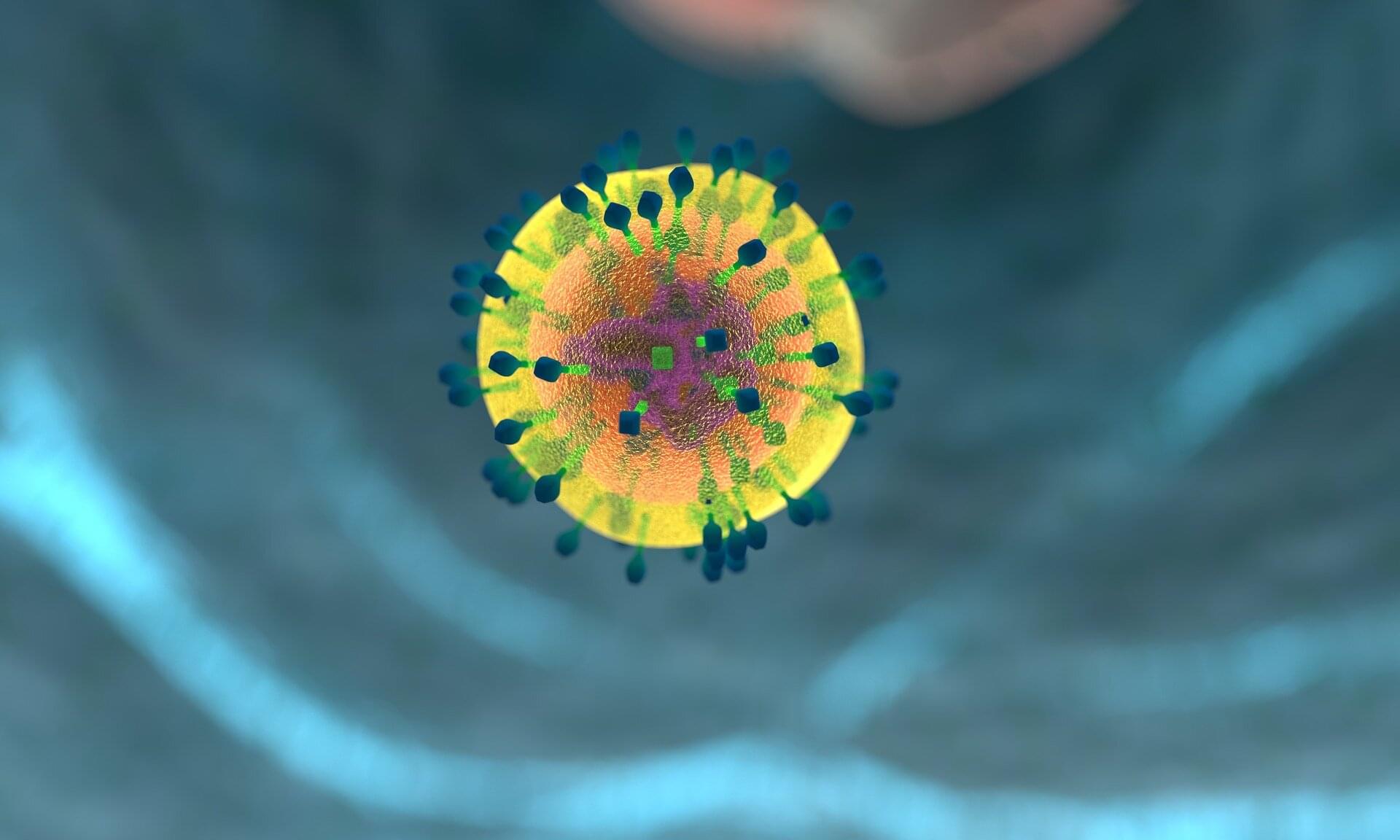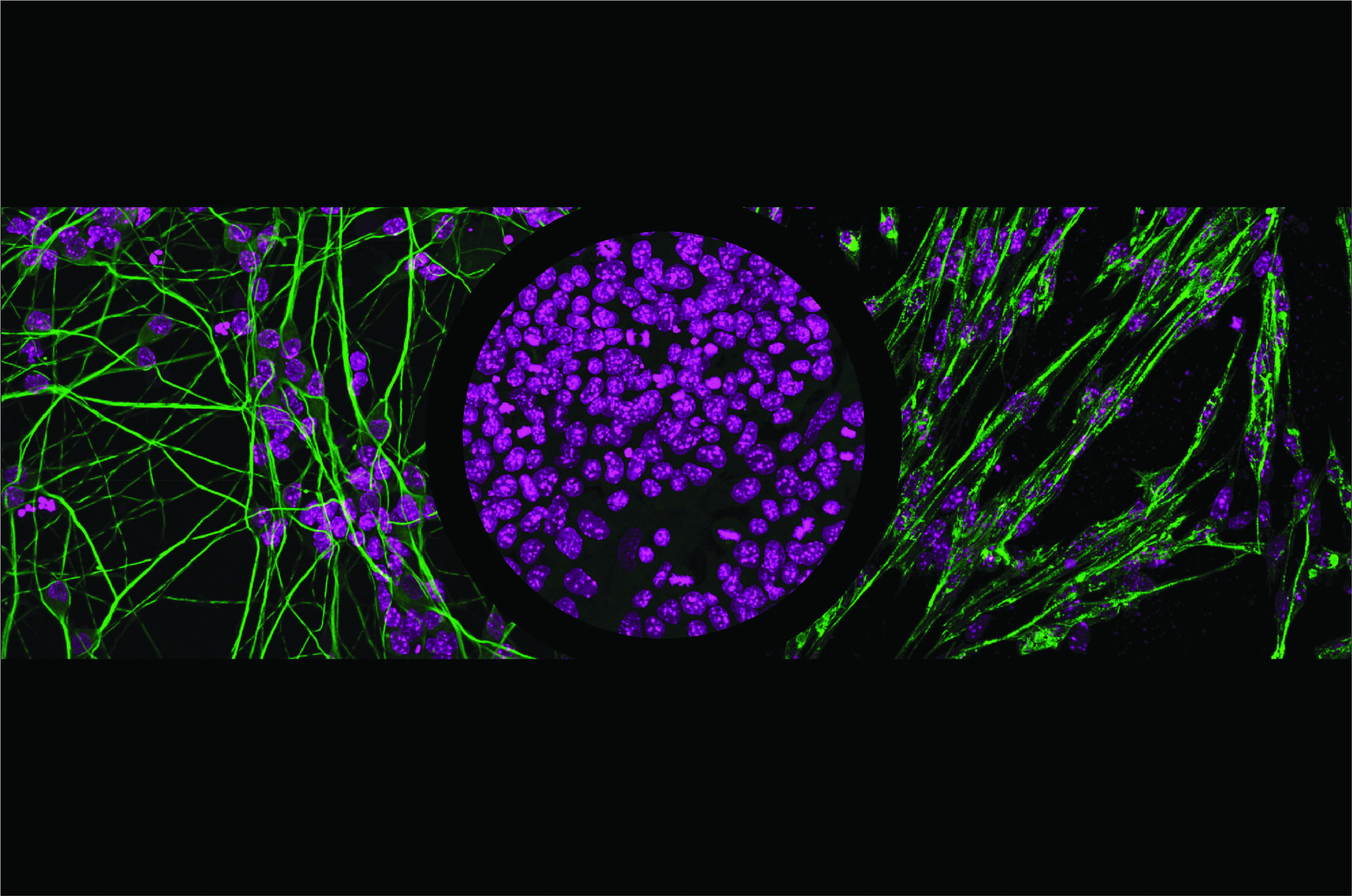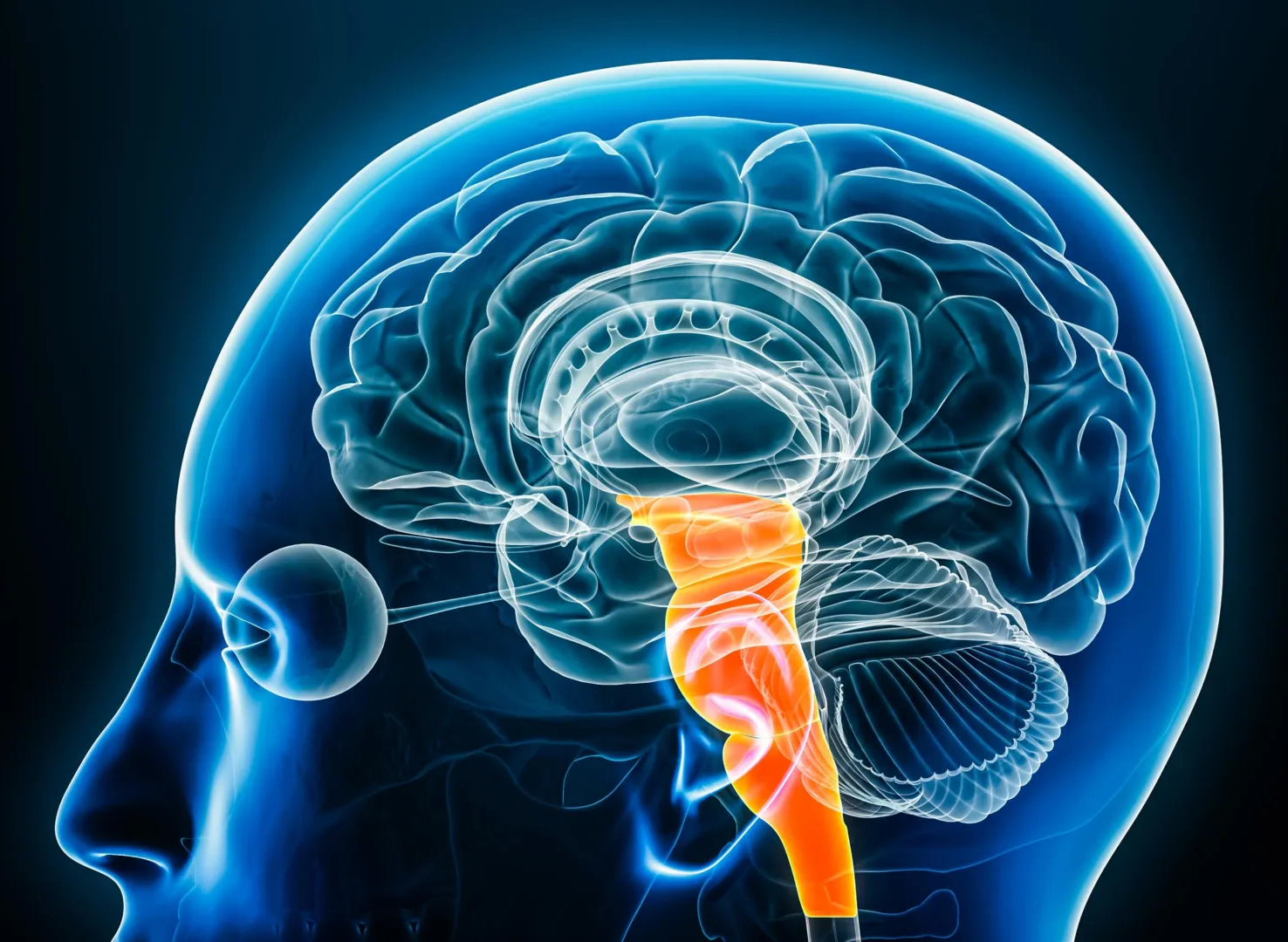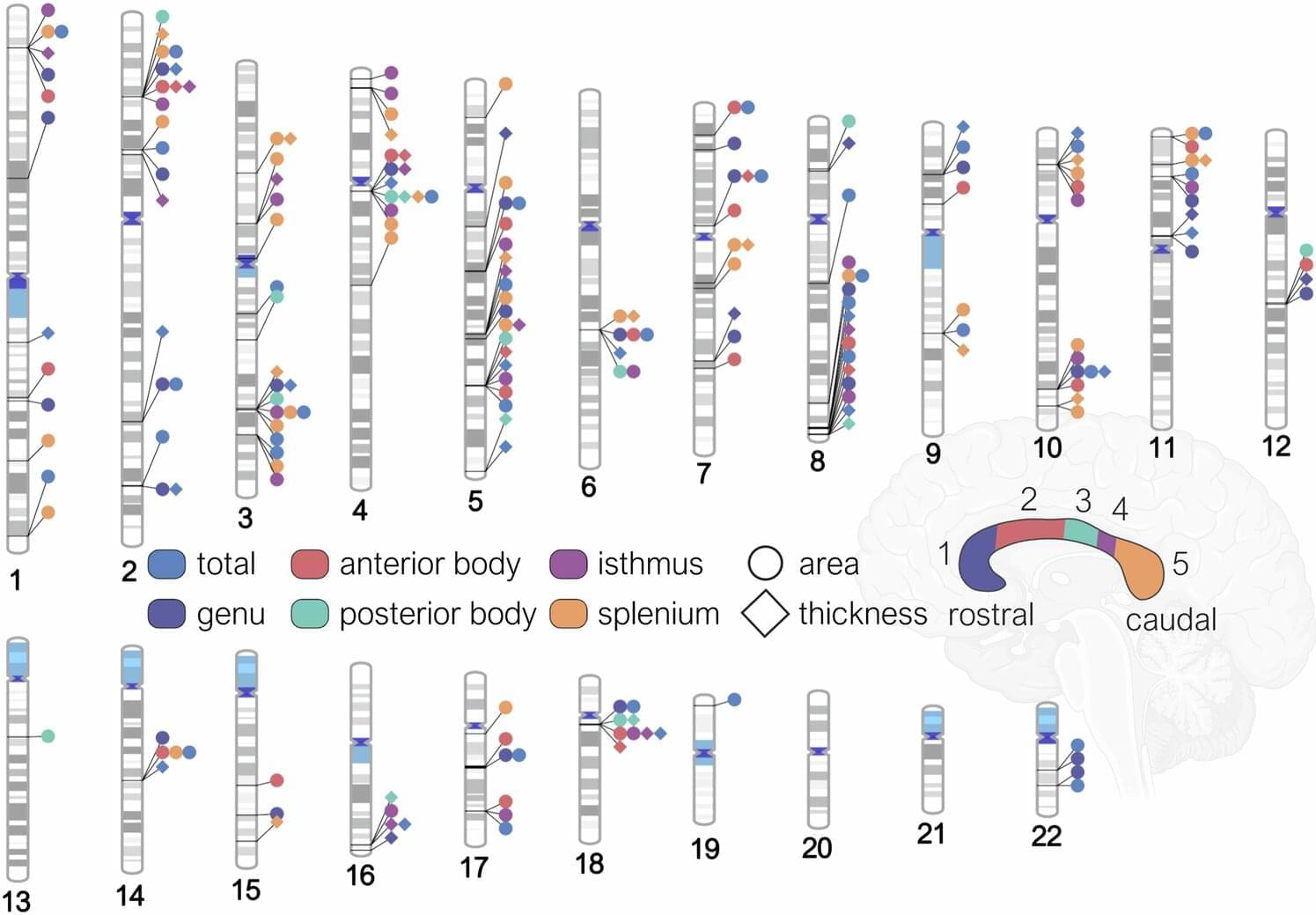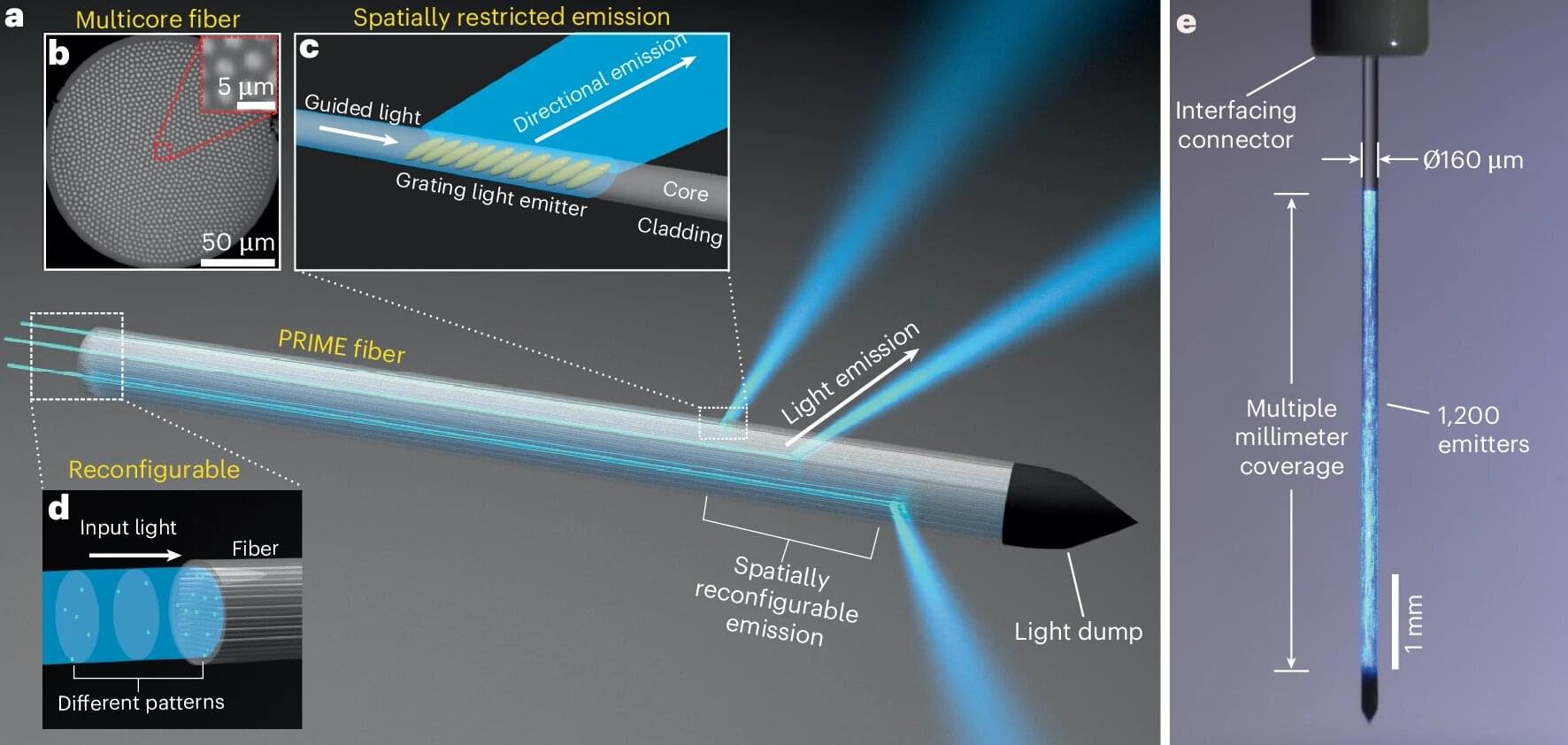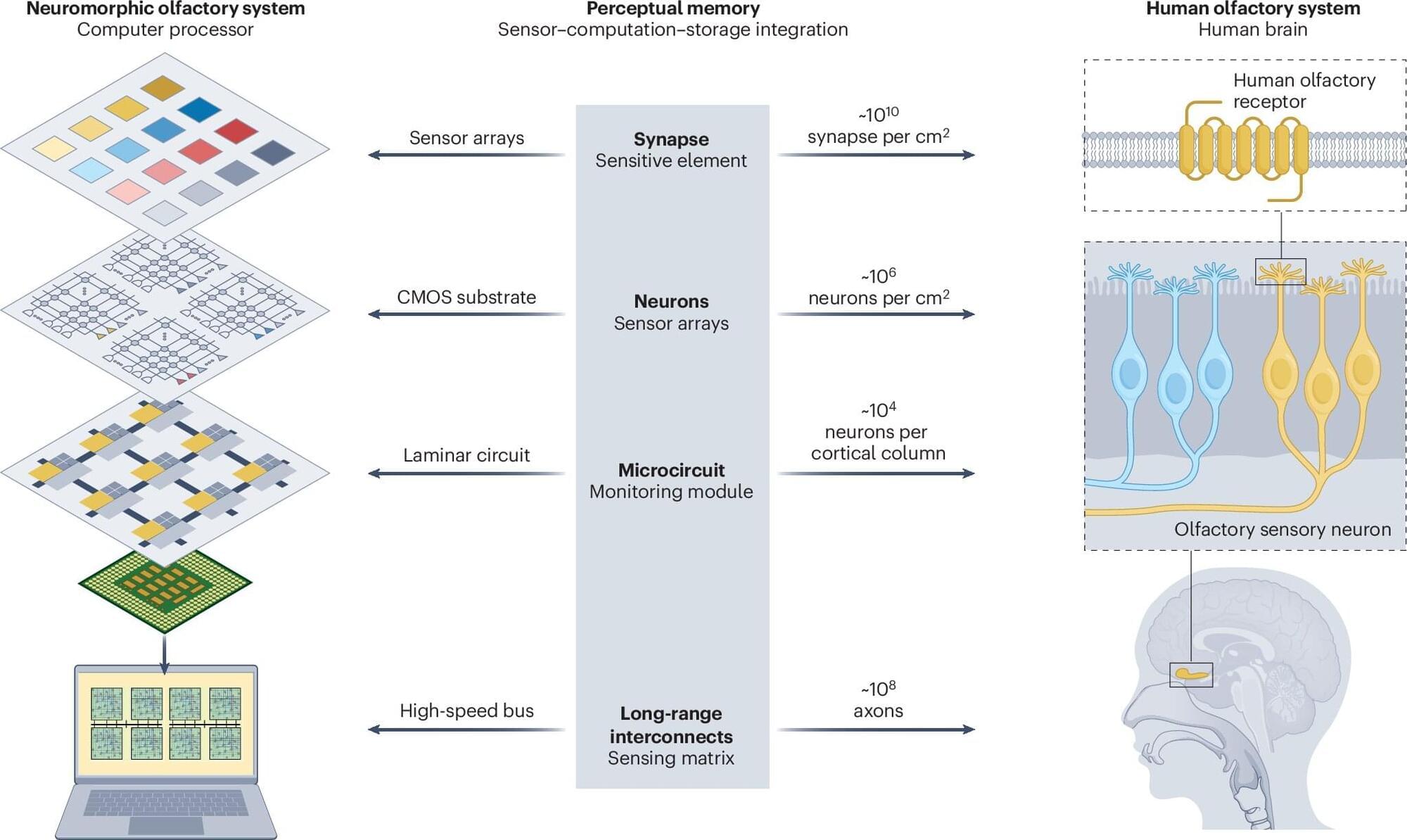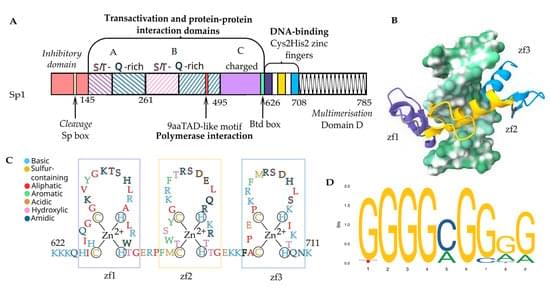Chimeric Antigen Receptor (CAR) T cell therapies have revolutionized cancer treatment—but so far, their success has been largely limited to blood cancers. Solid tumors, which account for around 90% of all adult cancers, remain a major challenge because they are difficult for CAR T cells to infiltrate and are often highly heterogeneous, making them harder to target with a single therapy.
Researchers at Monash University, in collaboration with scientists from the Peter MacCallum Cancer Center, used CRISPR-based gene editing or a PTPN2 inhibitor to enhance the function of human CAR T cells engineered to recognize an antigen expressed on many solid tumors.
The study, led by Professor Tony Tiganis and Dr. Florian Wiede, was published in Science Translational Medicine.
